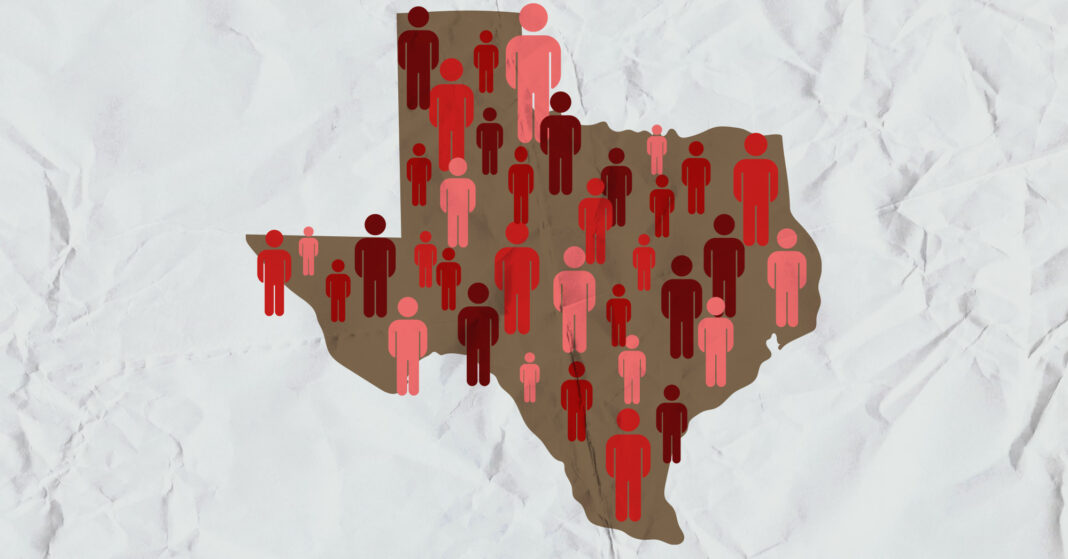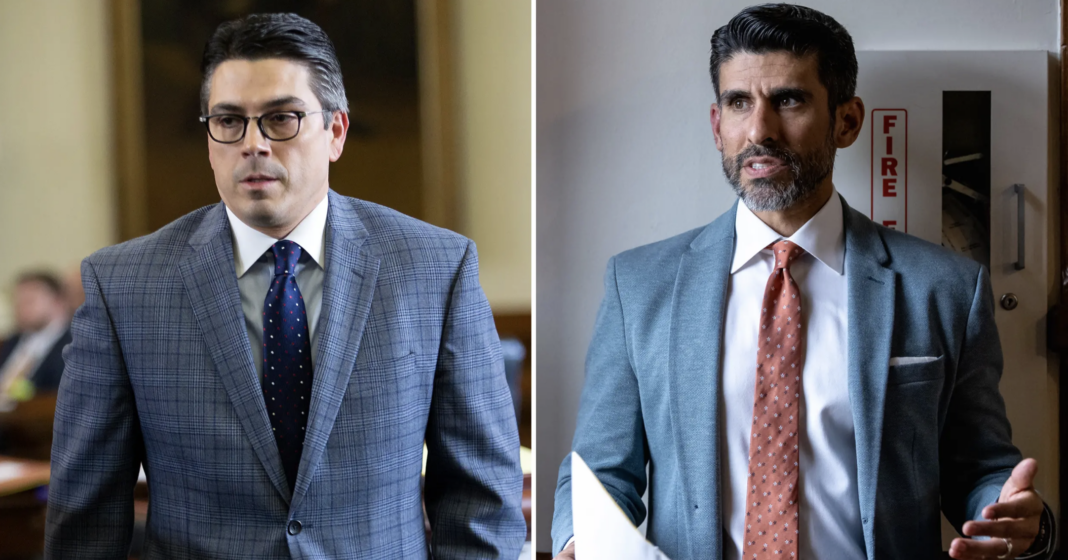Climate change has been warned by scientists for years, and through heat waves with unreasonably high temperatures, the state of Texas is already suffering the consequences of this phenomenon in various ways.
Temperatures in Texas keep getting hotter
The average daily minimum and maximum temperatures rose by 2.2 degrees Fahrenheit from 1895 to 2020, according to a 2021 report by John Nielsen-Gammon, the Texas state’s climatologist. Every Texas county saw an increase, but it was especially higher in urban areas where concrete absorbs more heat.
The sudden rise in temperature can cause negative effects on ecosystems and wildlife, as well as increase the level of ground-zone ozone pollution, a health risk for people living with respiratory diseases or complications.
Stronger hurricanes in Texas
Hurricanes are fueled by warming oceans. This also means more precipitation, more flooding, and stronger winds. Multiple studies showed that the 2017 hurricane Harvey was stronger and more devastating due to the high amount of rain attributed to climate change effects.
Hurricane Harvey left over 300,000 flooded structures and over 500,000 flooded cars in southern Texas, with over 40,000 people needing to be evacuated from their homes, and around 100 people who lost their lives.
Texas Gulf coast sea levels are on the rise
Sea level around Galveston, Texas rose 18 inches since 1950, and now it is rising at an accelerated speed, rising an inch by year, according to Sea Level Rise.org. This is due to sinking land attributed to the pumping of groundwater.
This affects not only the wildlife that becomes vulnerable to changes in the land, storm risks increase, and there are also over 13,607 properties at risk from frequent tidal flooding. The cost of fixing this issue is costing $12 billion to the state of Texas.
Extreme weather in Texas
Scientific studies have shown that in the future Texas could see sharper, colder winters due to collateral effects of climate change, which explains the state’s cold winter in 2021 after years of getting milder winter seasons.
This winter resulted in catastrophic storms and freezing temperatures being the cause of about 700 deaths and $129 billion in collateral damage in the state according to Buzzfeed News and The Perryman Group.
Texas infrastructure is not prepared to support these abnormal cold temperatures. It is necessary for them to be adapted and upgraded to prevent other fatal winters in the state, according to a Princeton study.
Water is becoming scarce
After Texas’s driest year in 2011, the constant seasons of droughts and lack of water continue to increase. February 2021, the coldest month to date in the recorded history of the state, brought consequences like power shortages, water system breakdowns, and low access to quality water or food.
Important Texas water sources like the Rio Grande in Big Bend National Park have stopped flowing in different parts of the area. A report from the A&M University of Texas and the University of Texas at Austin also showed that the state could suffer the worst and driest conditions it has seen in the last 1,000 years.
This has collateral effects on food production, including cattle and agricultural production. Texas is not the only state suffering from possible devastating droughts, its neighboring state in Mexico, Monterrey, is also in dire need of fast solutions for upcoming droughts and water shortages.
Risks of illnesses increase
Warmer waters are the perfect home for amoeba and bacteria that can cause health risks, like the brain-eating amoeba found in Lake Jackson in 2020, increasing risks for recreational use and for drinking.
Risks of diseases like Dengue and the Zika virus rise if mosquitoes have warm bodies of water to reproduce in, and warmer weather overall attracts more insects that could be carrying a handful of different diseases.
More migration due to climate change
Climate change will affect poorer countries first. The people that have the least will be struck firsthand by floods, hurricanes, and droughts. This also means more people will have to migrate to other countries, and Texas could be an option for a lot of them. An article by Politico showed how people from Mexico and Central America have fled due to climate change consequences in their home countries.







